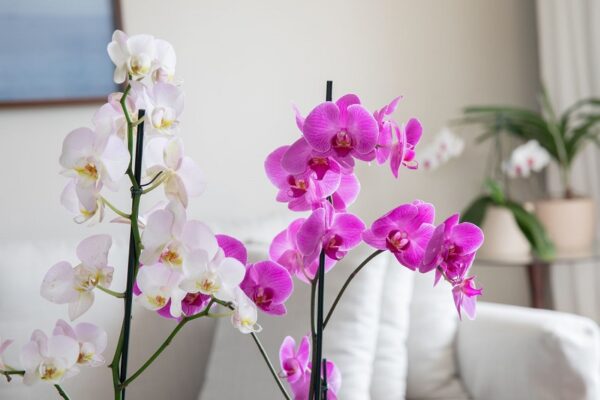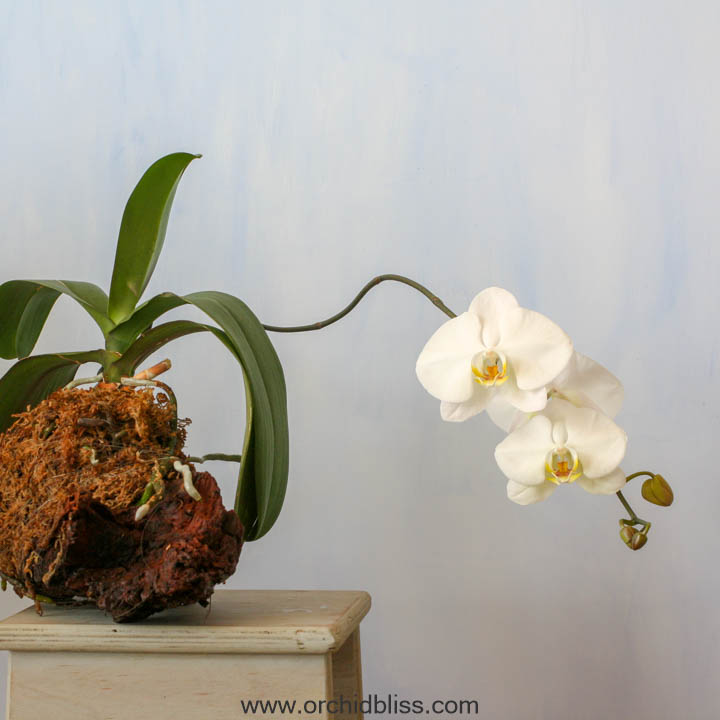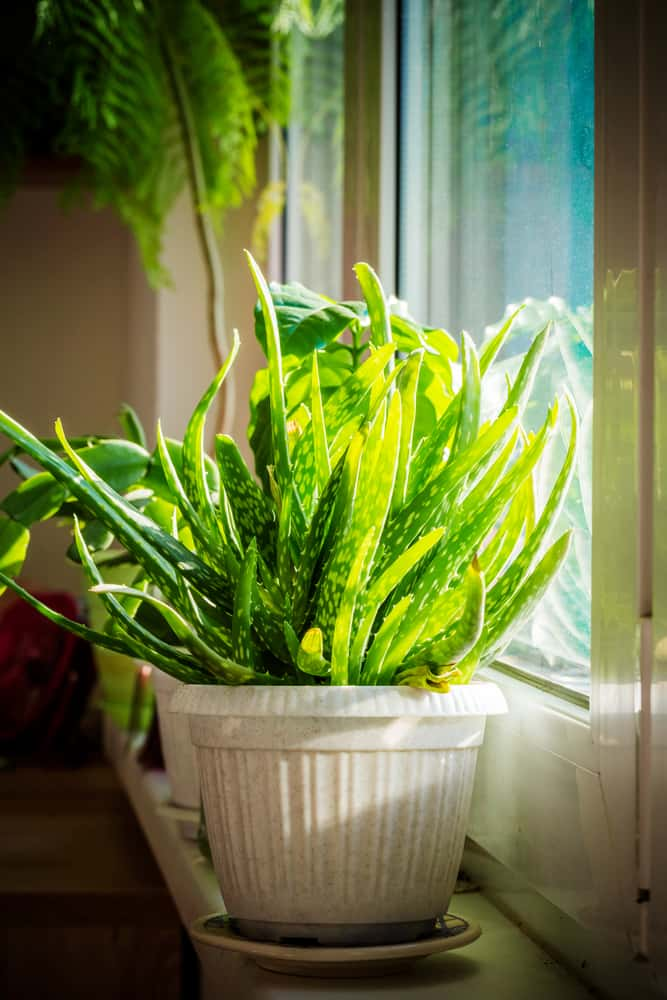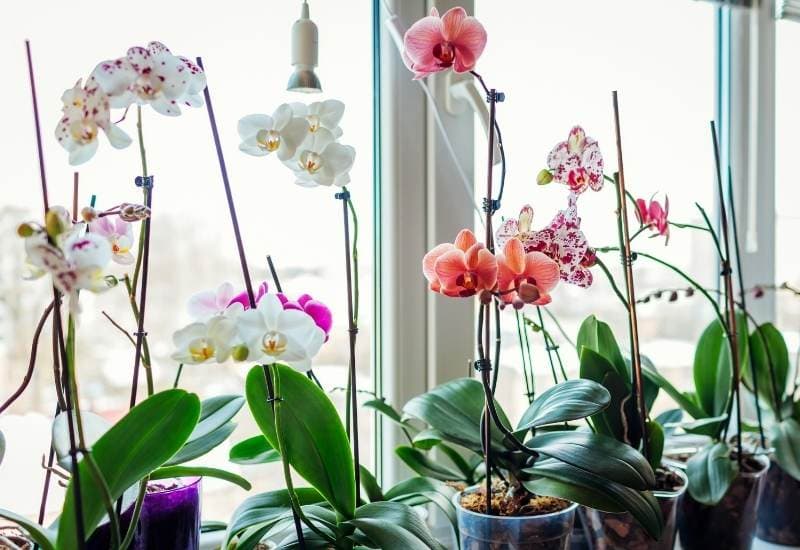Understanding the Sunlight Needs of Orchids
Orchids are one of the most diverse and widespread plant families, with over 30,000 species found in almost every corner of the globe. Despite their varied habitats and adaptations, most orchids share a common requirement for sunlight to undergo photosynthesis and thrive. However, the question remains: do orchids need full sun to flourish? The answer lies in understanding the unique sunlight needs of these exquisite plants.
Orchids have evolved to occupy a wide range of ecological niches, from the bright, sun-drenched savannas to the shaded, humid forests. As a result, their sunlight requirements vary greatly depending on the species, habitat, and growth stage. While some orchids can tolerate full sun, others may require filtered or dappled light to prevent scorching or discoloration.
Providing the right amount of sunlight is crucial for orchid growth and development. Insufficient light can lead to weak and spindly growth, while excessive light can cause leaf scorch, fading, or even death. Therefore, it is essential to understand the specific sunlight needs of your orchid species and adjust their placement accordingly.
So, do orchids need full sun? The answer is not a simple yes or no. While some orchids can thrive in full sun, others may require more nuanced lighting conditions. By understanding the unique sunlight needs of your orchids, you can provide them with the optimal conditions for growth, blooming, and overall health.
How to Provide the Right Amount of Sunlight for Your Orchids
Determining the ideal amount of sunlight for your orchids can be a daunting task, especially with the vast array of species and hybrids available. However, by considering a few key factors, you can provide your orchids with the right amount of sunlight to thrive.
First, consider the time of day. Most orchids prefer bright, indirect light during the morning and afternoon hours, while direct sunlight during the peak hours of 11am-3pm can be too intense. If possible, place your orchids near an east- or west-facing window to take advantage of the gentle, indirect light.
Next, consider the season. During the spring and summer months, orchids typically require more sunlight to promote healthy growth and blooming. In contrast, during the fall and winter months, orchids may require less sunlight to prevent scorching or discoloration.
Location is also an important factor to consider. If you live in a region with intense sunlight, such as near the equator or in a desert climate, you may need to provide additional shading or filtering to prevent scorching. Conversely, if you live in a region with limited sunlight, such as in a northern latitude or during the winter months, you may need to provide supplemental lighting to promote healthy growth.
Finally, consider the specific sunlight needs of your orchid species. Some orchids, such as Phalaenopsis and Dendrobium, prefer bright, indirect light, while others, such as Paphiopedilum and Miltonia, prefer more shaded conditions. By researching the specific sunlight needs of your orchid species, you can provide them with the optimal conditions for growth and blooming.
By taking these factors into account, you can provide your orchids with the right amount of sunlight to thrive. Remember, the key is to find a balance between providing enough sunlight to promote healthy growth and preventing scorching or discoloration.
The Benefits of Bright, Indirect Light for Orchids
Bright, indirect light is often considered the holy grail of orchid care, and for good reason. This type of light provides the perfect balance of intensity and gentleness, allowing orchids to undergo photosynthesis and thrive without the risk of scorching or discoloration.
One of the primary benefits of bright, indirect light is its ability to promote healthy growth and development. Orchids grown in bright, indirect light tend to have stronger stems, more vibrant leaves, and a greater abundance of blooms. This is because the light is intense enough to stimulate photosynthesis, but gentle enough to prevent damage to the plant’s delicate tissues.
In addition to promoting healthy growth, bright, indirect light also plays a critical role in root development. Orchids grown in bright, indirect light tend to have more extensive root systems, which allows them to absorb more nutrients and water from the soil. This, in turn, can lead to more robust and resilient plants that are better equipped to handle stress and disease.
Another benefit of bright, indirect light is its ability to enhance blooming. Many orchid species require bright, indirect light to produce flowers, and the intensity and duration of the light can impact the frequency and quality of blooms. By providing bright, indirect light, orchid growers can encourage their plants to produce more frequent and vibrant blooms.
So, do orchids need full sun to thrive? While some orchids can tolerate full sun, most prefer bright, indirect light. By providing bright, indirect light, orchid growers can create an environment that is conducive to healthy growth, root development, and blooming. Whether you’re a seasoned orchid enthusiast or just starting out, understanding the benefits of bright, indirect light can help you unlock the full potential of your orchids.
Can Orchids Thrive in Full Sun? Separating Fact from Fiction
One of the most common misconceptions about orchids is that they require full sun to thrive. However, this is not entirely accurate. While some orchid species can tolerate full sun, most prefer bright, indirect light to photosynthesize and grow.
In fact, many orchid species are native to tropical forests, where the sunlight is filtered through the canopy above. This filtered light provides the perfect balance of intensity and gentleness, allowing the orchids to thrive without the risk of scorching or discoloration.
So, why do some people believe that orchids need full sun? One reason is that some orchid species, such as Phalaenopsis and Dendrobium, can tolerate full sun for short periods of time. However, this does not mean that they require full sun to thrive. In fact, prolonged exposure to full sun can cause damage to the plant’s delicate tissues and lead to a range of problems, including leaf scorch, fading, and weak growth.
Another reason for the misconception is that some orchid growers use full sun to promote blooming. While it is true that some orchid species require more intense light to produce flowers, this does not mean that they require full sun. In fact, many orchid species can produce flowers in bright, indirect light, without the need for full sun.
So, do orchids need full sun? The answer is no. While some orchid species can tolerate full sun, most prefer bright, indirect light to thrive. By providing the right amount of light, orchid growers can create an environment that is conducive to healthy growth, blooming, and root development.
East-, West-, and South-Facing Windows: Which is Best for Orchids?
When it comes to providing the right amount of sunlight for orchids, the orientation of the window can play a significant role. East-, west-, and south-facing windows each have their own unique characteristics, and understanding these differences can help you determine which window is best for your orchids.
East-facing windows receive gentle, indirect light in the morning, making them ideal for orchids that prefer bright, indirect light. This type of light is perfect for promoting healthy growth and blooming, and is often recommended for Phalaenopsis and Dendrobium orchids.
West-facing windows receive direct sunlight in the afternoon, making them suitable for orchids that can tolerate full sun. However, it’s essential to note that direct sunlight can be intense, and may require additional shading or filtering to prevent scorching or discoloration.
South-facing windows receive direct sunlight throughout the day, making them the most intense of the three. While some orchids can tolerate full sun, south-facing windows may require additional shading or filtering to prevent damage to the plant’s delicate tissues.
So, which window is best for orchids? The answer depends on the specific needs of your orchid species. If you’re growing Phalaenopsis or Dendrobium orchids, an east-facing window may be the best choice. If you’re growing orchids that can tolerate full sun, a west- or south-facing window may be suitable. However, it’s essential to remember that even if your orchids can tolerate full sun, they may still require additional shading or filtering to prevent damage.
Ultimately, the key to providing the right amount of sunlight for your orchids is to understand their specific needs and adjust their placement accordingly. By choosing the right window orientation and providing additional shading or filtering as needed, you can create an environment that is conducive to healthy growth, blooming, and root development.
Using Sheer Curtains and Shades to Filter the Sun’s Rays
One of the most effective ways to provide the right amount of sunlight for your orchids is to use sheer curtains and shades to filter the sun’s rays. This can be especially useful for orchids that require bright, indirect light, as it allows you to control the amount of sunlight that enters the room.
Sheer curtains are a great option for filtering the sun’s rays, as they allow for gentle, diffused light to enter the room while blocking out harsh, direct sunlight. You can choose from a variety of materials, including cotton, linen, and silk, and can even add a layer of UV protection to prevent fading or discoloration.
Shades are another effective way to filter the sun’s rays, and can be especially useful for orchids that require more intense light. You can choose from a variety of shade materials, including bamboo, wood, and fabric, and can even add a layer of UV protection to prevent fading or discoloration.
When using sheer curtains and shades to filter the sun’s rays, it’s essential to consider the specific needs of your orchid species. Some orchids may require more intense light, while others may prefer more gentle, diffused light. By choosing the right type of curtain or shade, you can create an environment that is conducive to healthy growth, blooming, and root development.
So, do orchids need full sun? While some orchids can tolerate full sun, most prefer bright, indirect light. By using sheer curtains and shades to filter the sun’s rays, you can provide your orchids with the right amount of sunlight to thrive.
Monitoring Your Orchid’s Response to Sunlight: Signs of Too Much or Too Little
Monitoring your orchid’s response to sunlight is crucial to ensure they receive the right amount of light for optimal health and growth. Too much or too little sunlight can cause a range of problems, including leaf scorch, fading, or weak growth.
Signs of too much sunlight include leaf scorch, which can appear as brown or yellow spots on the leaves. This can be caused by direct sunlight that is too intense, especially during the peak hours of the day. To prevent leaf scorch, consider using sheer curtains or shades to filter the sun’s rays.
Signs of too little sunlight include weak growth, which can appear as slow or stunted growth. This can be caused by insufficient light, especially during the winter months when daylight hours are shorter. To promote healthy growth, consider moving your orchid to a brighter location or using grow lights to supplement natural light.
Other signs of too much or too little sunlight include fading or discoloration of the leaves or flowers. This can be caused by a range of factors, including the intensity and duration of sunlight, as well as the type of light your orchid is receiving.
By monitoring your orchid’s response to sunlight and adjusting their placement accordingly, you can create an environment that is conducive to healthy growth, blooming, and root development. Remember, the key to providing the right amount of sunlight for your orchids is to understand their specific needs and adjust their placement accordingly.
So, do orchids need full sun? While some orchids can tolerate full sun, most prefer bright, indirect light. By monitoring your orchid’s response to sunlight and adjusting their placement accordingly, you can provide them with the right amount of sunlight to thrive.
Conclusion: Finding the Perfect Balance of Sunlight for Your Orchids
In conclusion, finding the perfect balance of sunlight for your orchids is crucial to ensure their optimal health and growth. While some orchids can tolerate full sun, most prefer bright, indirect light. By understanding the specific sunlight needs of your orchid species and adjusting their placement accordingly, you can create an environment that is conducive to healthy growth, blooming, and root development.
Remember, the key to providing the right amount of sunlight for your orchids is to understand their specific needs and adjust their placement accordingly. By monitoring your orchid’s response to sunlight and adjusting their placement accordingly, you can provide them with the right amount of sunlight to thrive.
So, do orchids need full sun? While some orchids can tolerate full sun, most prefer bright, indirect light. By finding the perfect balance of sunlight for your orchids, you can ensure their optimal health and growth.
By following the tips and guidelines outlined in this article, you can create an environment that is conducive to healthy growth, blooming, and root development for your orchids. Whether you’re a seasoned orchid enthusiast or just starting out, understanding the sunlight needs of your orchids is essential to providing them with the best possible care.








